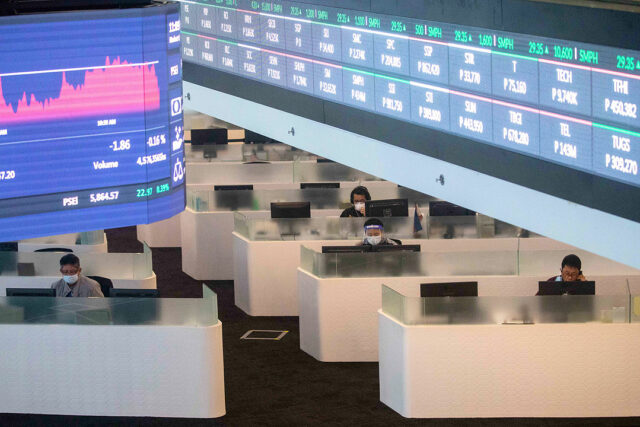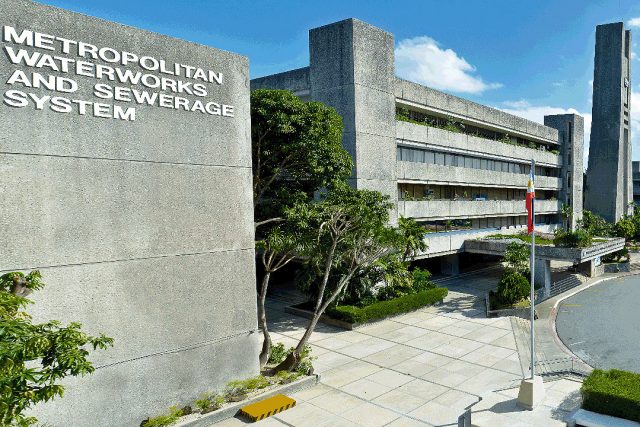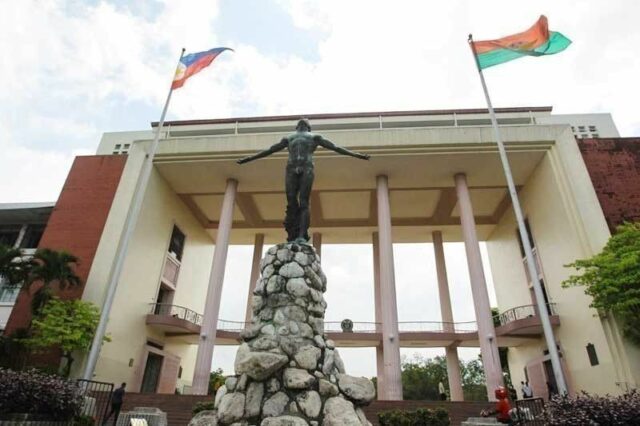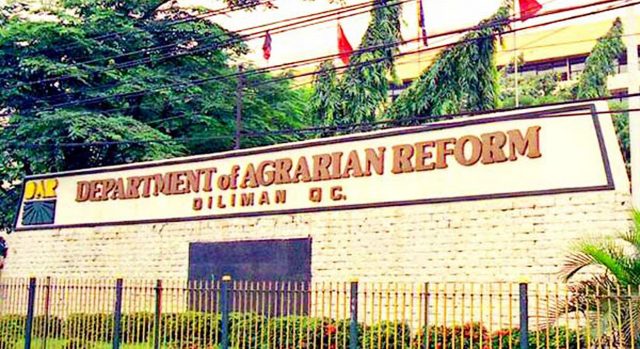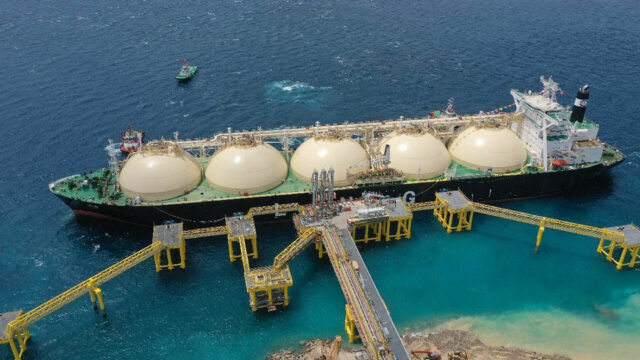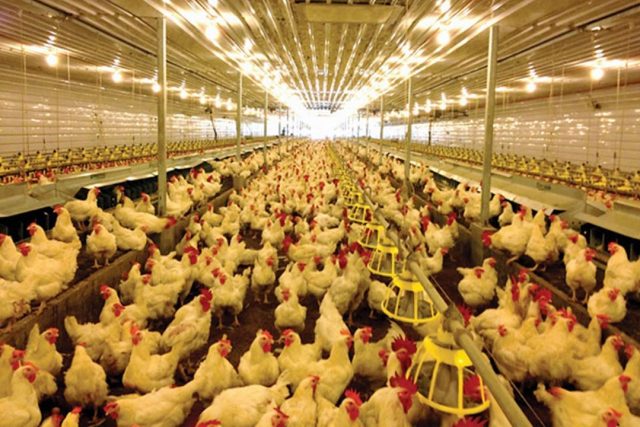By Luisa Maria Jacinta C. Jocson, Reporter
A PROPOSAL to amend the free state university law to admit applicants based on test performance will play to the strengths of middle-income students, who have always enjoyed advantages in test preparation, PHINMA group’s education unit said.
PHINMA Education Country Head for the Philippines Christopher A. Tan said in an e-mail that “A merit-based test will not change much. The free tuition law has always disproportionately benefited middle-income students who received good K-12 educations and are able to pass rigorous state university entrance exams. The poorest of the poor are only a small portion of those benefiting from the program because they are more likely to be unprepared to enter college.”
He said the choice is between “merit-based” admissions, such as test scores, and a “needs-based” approach, which will consider policy goals such as educating the poor.
“We need to see how new standards to judge who is ‘deserving’ (of a place at a state university are implemented) … whether this is a merit-based test or a needs-based one,” he added.
The Department of Finance (DoF) has proposed to use test scores to determine who gets access to free tuition for state universities and colleges (SUCs), a Duterte-era entitlement enacted before the pandemic, when the government’s finances were more robust.
Finance Secretary Benjamin E. Diokno has said he wants a review of the Republic Act No. 10931 or the Universal Access to Quality Tertiary Education Act.
Mr. Diokno, who was on the economic team of the Duterte administration, is proposing a national test to determine who gets free tuition. Those who meet the test standard will be granted a four-year voucher for tuition.
Mr. Diokno said that the present system is “unwieldy, inefficient, and wasteful,” and that the proposal will optimize the use of government funds.
“An indicator of wastefulness is the rising dropout rate. The proposed reform also aims to reduce the threat to the robust private school system,” he added.
Under the constitution, the government is required to allocate the biggest share of the national budget to education.
The 2024 National Expenditure Program allocates P924.7 billion to education, up 3.3%.
Of this, P51.12 billion or around 5.5% of the total will be allocated to roll out the Universal Access to Quality Tertiary Education program.
“The call to review the free tuition policy is unsurprising because concerns about the sustainability of the program were raised by the education sector when the policy was first proposed,” Mr. Tan said.
“Free tuition for college students is a massive undertaking and needs to take into account the increase in demand for education as the years go by. What we’re seeing now is increasing demand and not enough resources to go around,” he added.
Mr. Diokno has said that the government’s focus should be on basic education instead of tertiary.
“The poor have a better chance of entering college, and completing the same if they have a good foundation. That’s one of the goals of the K-12 program. That’s the key — excellent basic education. That should be our focus,” Mr. Diokno said.
Bienvenido S. Oplas, Jr., president of a research consultancy and of the Minimal Government Thinkers think tank, said the government should concentrate on subsidizing basic education tuition.
“Free education for public elementary and secondary education is understandable. But not so in public tertiary education,” he said in a Viber message.
Mr. Tan also noted that Mr. Diokno’s proposal to focus on basic education is “more critical at this point in our development,” given the limited fiscal space.
“A four-year college voucher program is a good, cost-effective solution for the government. Under such a program, students are given a set amount while being allowed to choose which institution to attend — this reduces the burden on state universities while still ensuring that students receive quality education through private schools,” Mr. Tan added.
Mr. Diokno is also pushing to reduce the number of SUCs through mergers.
“The mergers of SUCs can be done over a period of years, say five years. Initially, it can be started by having the same set of trustees in all SUCs within the same region. Note that there are several SUCs in a region,” Mr. Diokno said.
Mr. Tan said that SUC consolidation will ensure that “quality is being maintained and resources are being maximized.”
Meanwhile, Mr. Oplas recommended privatizing state universities.
“All state universities including the University of the Philippines should become private, not abolished. Then all university students will become scholars via government vouchers, say P60,000 per year per student. If a student enrolls in a P150,000 a year university, his or her parents or guardian must pay the balance of P90,000. If a student enrolls in a P60,000 a year university, then no additional payment,” he said.
Mr. Oplas said that this way, the government funds students, and not state universities.
He said such an approach would result in “equal privilege for all tertiary students, no budgetary favoritism as in the current system.”
“All universities will compete to attract more students, improve their education services,” he added.
David Michael M. San Juan, a professor at De La Salle University and convener of Professionals for a Progressive Economy, said that Mr. Diokno’s proposal is “anti-poor and anti- development.”
“Mr. Diokno’s claim that the free college education program is wasteful has no basis. The rising dropout rate is not due to college education being made free, but rather, because of the program’s inadequacy. Despite the fact that SUCs are now tuition-free, students still have to pay for so many things like books, dormitories, uniforms (in some cases), etc.,” he said in a Facebook Message.
Mr. San Juan said that the proposed filtering process to determine who gets to attend an SUC would make the process more inefficient.
“Imposing a filtering process for those who plan to attend college is also an administrative nightmare. There would be additional administrative expenses for processing documents and confirming information in the documents. That’s way more wasteful than just allowing everyone who wants to enroll (subject to admission requirements of course) to be admitted and enrolled,” he said.
All poor students deserve a free education, Mr. San Juan said.
“Moreover, with the government’s laughably low poverty threshold, it is very possible that if the government imposes a filtering system, very few students will be able to comply,” he said.
“Hence, Mr. Diokno’s filtering system will just be a synonym for ensuring that only very few students will be able to enroll tuition-free — which will be tantamount to re-imposing the previous financial barriers to poor students who would want to enroll. Any talk of ‘the deserving poor’ is intolerable,” he added.
Mr. San Juan recommended that the government provide more financial assistance to the poorest to support them during their schooling.
“The free college education system is in fact an investment in our human resources. We want more college graduates so that we will have more innovators, leaders, industry disruptors, inventors, visionaries,” he said.

